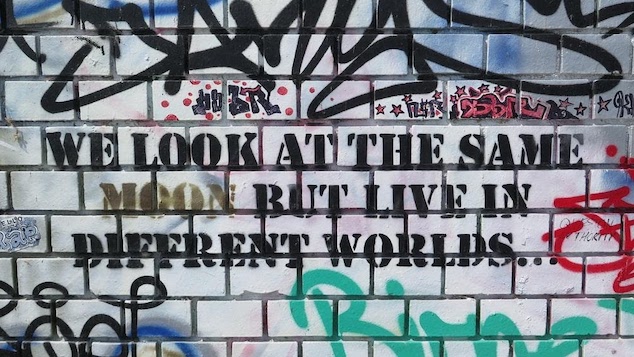
Integrating Pop Culture in Education: Engaging students and continued interest in learning. Incorporating wider culture as an educational tool.
When you see a music video by a popular artist, have you ever thought that you could use it in your classroom? Some visionary teachers have discovered that a pop culture is a powerful tool that they can use to keep students engaged and interested in learning. Additionally, some teachers have obtained resources from the pop culture, which they have used to keep learners alert.
Students often spend too much time trying to keep up with the latest pop culture; hence, if teachers use pop as an educational tool, they can make this time productive. Here is how you can integrate pop culture into education.
Use Pop Culture to Start Conversations
It may be challenging to get students’ attention, especially if you are teaching a subject that is considered boring. To break the ice and spark a discussion, you can show certain films to the students to get them interested.
The National Education Association advises that videos are an excellent conversation catalyst. After seeing the video, students may have strong opinions, which they are willing to share with you.
Popular Culture Can Help in Creating Memorable Lessons
You can replace the lyrics of a popular song with some terminologies that you want students to remember. Essay writer online service providers state that it may be difficult for students to forget concepts taught using a catchy song.

Allow Students to Write About What Interests Them
You may think that a student is not smart if you always dictate what they should write about. Some students may write about a character from their favorite movie, or about a musician they adore. You will be surprised at how good they are at expressing themselves whenever they feel that they are discussing things that matter to them.
Denying students the freedom to write about what they are passionate about makes them feel as if they are trapped, and there is no way out of the trap. You may notice a change in attitude when you allow them to express themselves through writing.
Use Pop Culture to Make Concepts Relatable
You can find a movie that interests teens and use it to explain certain concepts. For example, if you are a history teacher who is teaching what life was like after World War II, there is a possibility that your students may stop concentrating during the lesson. However, if you use a movie about zombies to explain the void that war creates, they are likely to understand because they can easily relate to such a film.
Familiarize Yourself with the Content That Students Enjoy
You may be willing to incorporate pop culture in lessons; however, generational gaps may make it difficult to understand what excites your students. If you are serious about using pop culture in education, the first step should be to familiarize yourself with what current students find entertaining.
Please do thorough research to establish which content makes them feel alive. Fortunately, you can rely on several resources available on the internet to understand the latest trends. Social media and teen magazines might also be useful in such a scenario.
Inspire Students to Create Their Own Content
Be the inspiration that students need to create content that is relatable to them. For instance, you can have contests where students create fictitious social media accounts for historical figures and use the accounts to engage in a healthy debate.
Allowing them to participate in such activities will help them understand the critical educational lessons that you are trying to share with them. After every engaging activity, it is essential to have a debrief session to ascertain that the students understood the reason behind the various actions undertaken.
Use Appropriate Content and Be Wary of Copyright
In a bid to engage students in conversations in the classroom, you may use explicit content. To avoid such scenarios, ensure that you review all content first to ascertain that it is age-appropriate, and has an underlying academic lesson.
It is also advisable to familiarize yourself with guidelines relating to copyrighted materials to understand which content can be used in the classroom, and which one cannot.
You may not feel confident about using pop culture to enhance the rate at which students grasp information. However, it is crucial to understand that pop culture is a source of entertainment and a potential tool that you can use to explain technical academic concepts to students. It is a sure way to keep students engaged during lessons.






